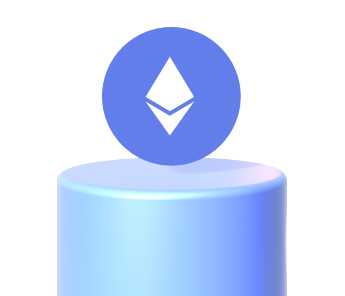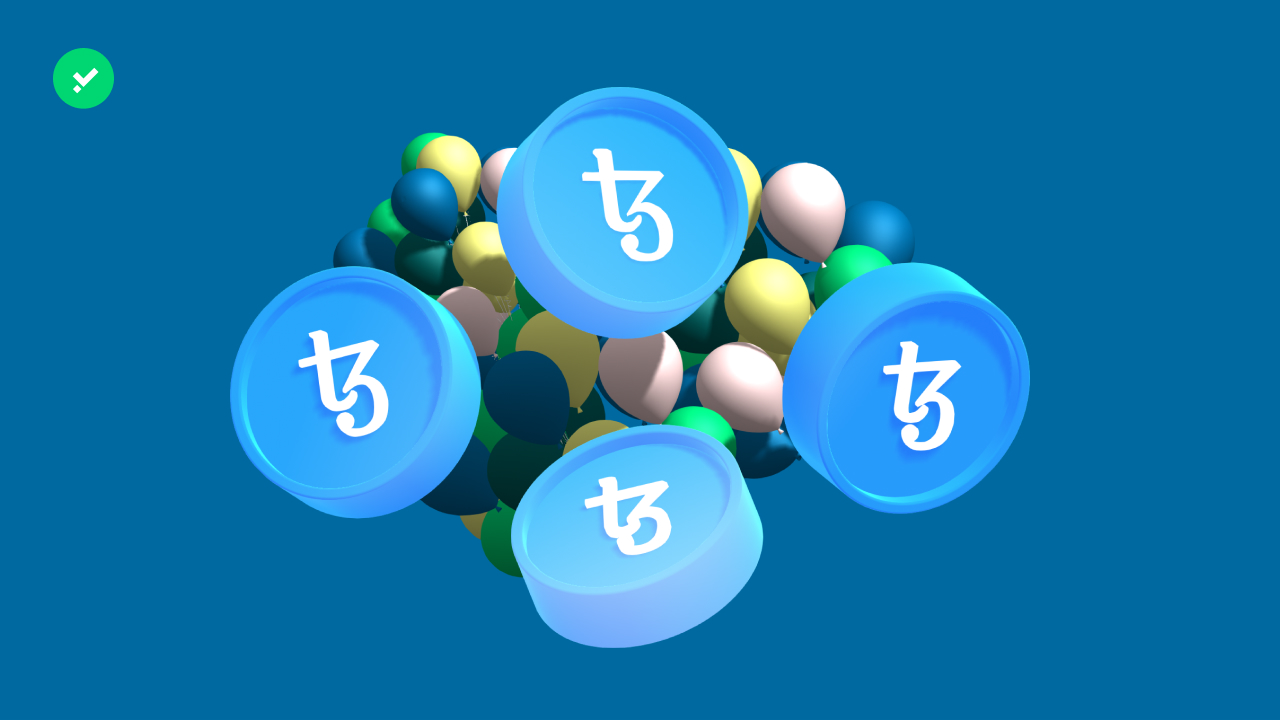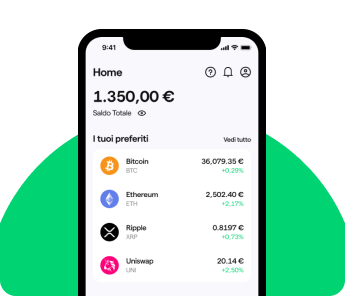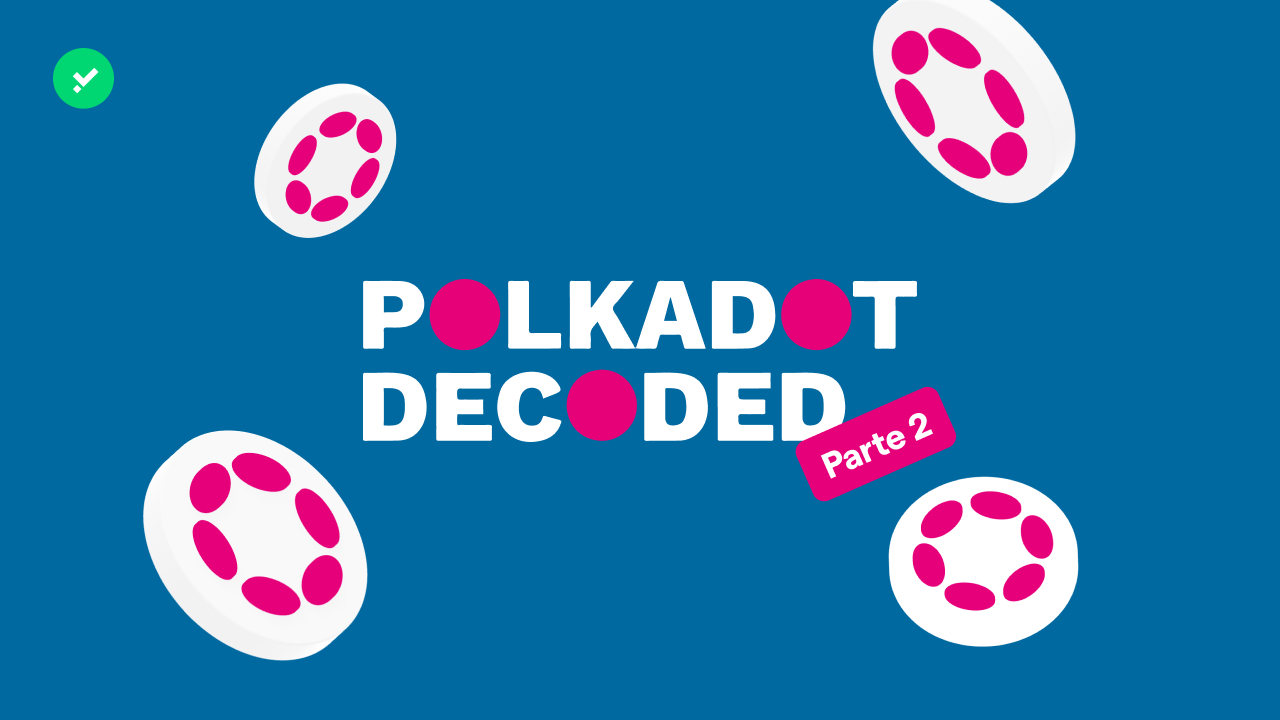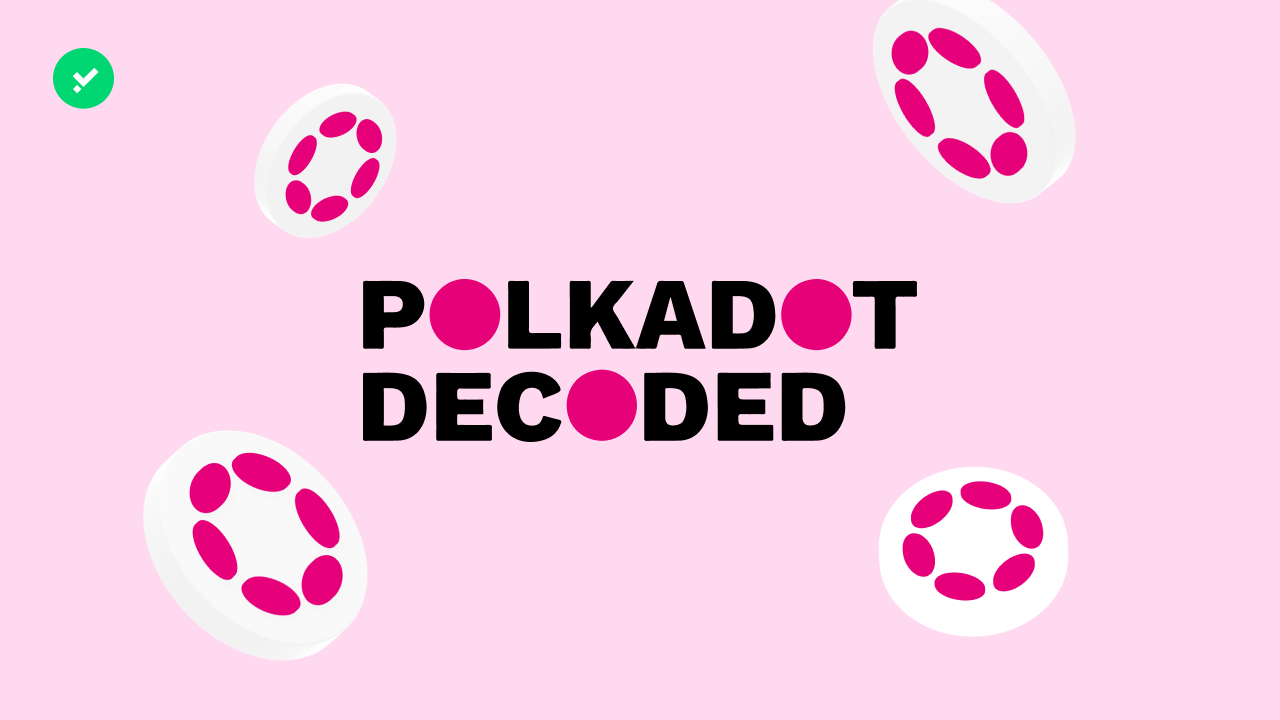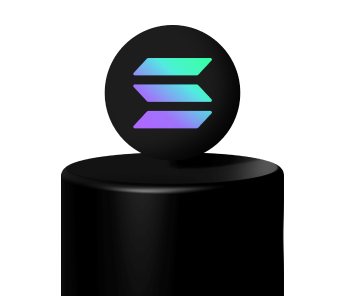Ethereum mining comes to a stop with The Merge. Will miners be left unemployed by the switch to Proof-of-Stake?
ETH miners’ work to validate transactions and enable the blockchain to function will become irrelevant after The Merge – the upgrade that will lead to Ethereum becoming a Proof-of-Stake blockchain. The blockchain will function through the mechanism of staking. The change of consensus mechanism does not only have an impact on the performance and sustainability of the blockchain – putting a stop to Ethereum mining also means ending an industry worth $19 billion. What will ETH home-based or listed miners do? Here are the main likely scenarios.
The question of repurposing hardware for mining
The miners’ fate will depend mainly on whether they can convert the infrastructure and technical equipment that they used to mine Ethereum for new purposes. Ether miners can choose between two types of hardware, ASIC or GPU.
ASIC (Application-specific Integrated Circuits) are designed to perform specific functions, in this case ETH mining , and are difficult to use for other activities or to mine other cryptos.
GPUs (Graphics Processing Units), on the other hand, are more versatile processors used in other contexts, such as the classic graphics cards popular in the gaming industry, the field of artificial intelligence, and generally for any task that requires the processing of a large number of complex calculations. The market for GPUs has exploded and become very competitive since they are used to mine Ethereum and other cryptocurrencies. The demand for this hardware has increased exponentially, and gaming or tech companies have been clashing and competing for GPUs with ETH miners. Last year, the crypto sector contributed about 14% of the total GPU turnover.
There is no certain data on how many people use GPUs vs how many use ASICs to mine Ethereum. According to one estimate, it’s about 90% vs 10%.
After The Merge, the ASICs that were previously used to mine Ethereum will only be able to mine Ethereum Classic – the blockchain that will continue the original 2015 Ethereum project. However, if this activity does not prove profitable, it is likely that all this hardware will be abandoned. On the other hand, however convertible they may be, the demand for GPUs will drop dramatically, reverting them back to their role of typical gaming devices. Let’s take a look at the four possible scenarios for ETH miners.
Mining alternative cryptocurrencies
One possible option for ETH miners is to continue mining, but only on other blockchains. This solution seems particularly attractive to smaller miners, who are sharing on Reddit their intention to continue mining by migrating elsewhere. According to WhatToMine, a site that indicates the most profitable cryptos to mine based on cost, the most attractive cryptos for ETH miners are Ravencoin (RVN) and Ethereum Classic (ETC). The problem is that these alternatives do not have as active and flourishing a market as Ethereum, and the risk is that mining will not be as profitable. Excluding Ethereum, the total market for GPU mining is $4.1 billion as of 9th June, which is about 2% of Ethereum’s market.
Potenza di calcolo: dal mining al cloud computing
For those engaged in large-scale Ethereum mining, The Merge could be a big loss considering the investment in mining hardware, power, and infrastructure such as warehouses and rooms to house the machines. With GPUs, these miners could choose to offer their computing power to cloud computing and data processing giants such as Amazon Web Service or the nascent Web3 realities, for blockchain infrastructure hosting, NFT storage or graphics rendering. After all, the demand for high-performance computing will increase more and more with the development and growth of video games, artificial intelligence and film animation.
Laying the foundations for Web3
In a nutshell, Web3 refers to the new stage of the web in which the internet will be built on blockchain and decentralised. Web3 will require a basic structure capable of recreating the Internet as we know it now, but on open source protocols. This structure must enable activities such as video streaming, 2D and 3D object-rendering, and mass data storage. GPUs may come in use for this purpose – once Ethereum mining is over, will the miners devote themselves to building the Web3?
Goodbye Ethereum mining, hello staking
Lastly, one of the possible post-Merge options for ETH miners is to convert to staking ETH. Some miners might choose to continue validating blockchain transactions with a different consensus mechanism. Miners who have accumulated ETH over the years could decide to sell their GPUs and become network validators by staking at least 32 ETH or delegating their crypto to another node. In this way, the miners could continue to earn ETH while continuing to work in the second most important network in the entire crypto world.
